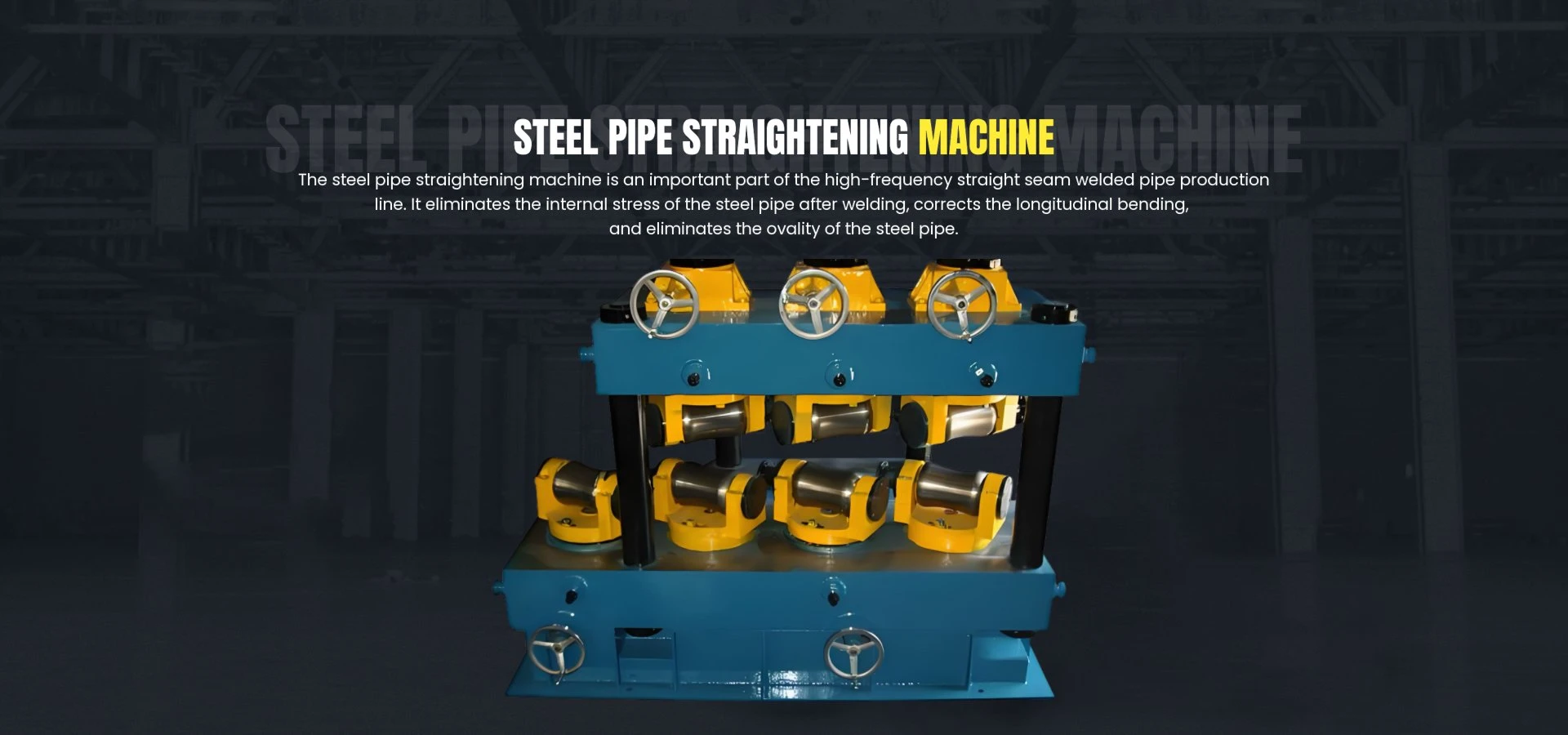Efficient Production of High-Quality Purlins with Advanced Roll Forming Technology
Understanding Purlin Roll Forming Machines A Key to Efficient Construction
In the realm of modern construction, the need for durable and lightweight structural components has become increasingly essential. One such component is the purlin, an integral part of building frameworks that supports roof panels and walls. To meet the demands of the construction industry, purlin roll forming machines emerge as a vital solution, offering efficient production and precision engineering.
What is a Purlin?
A purlin is a longitudinal beam that provides support to the roof and helps in distributing load weight. Typically made from steel, purlins are classified into various types, including C-purlins, Z-purlins, and more, each serving different architectural needs. Their design and construction significantly impact a building's structural integrity and overall cost-effectiveness.
The Role of Purlin Roll Forming Machines
Purlin roll forming machines are specialized equipment used to manufacture purlins with high accuracy and produce them in bulk. These machines transform flat metal sheets or coils into C-shaped, Z-shaped, or other customized profiles through a series of rollers and forming stations. The process is not only efficient but also minimizes material waste, making it a highly sustainable option for construction projects.
1. Efficiency and Speed Purlin roll forming machines offer a rapid production cycle, capable of producing purlins in a matter of minutes. This speed is vital for construction projects where time is of the essence. The automation in these machines further enhances productivity, reducing the labor costs associated with manual fabrication.
2. Precision Engineering One of the standout features of purlin roll forming machines is their ability to maintain tight tolerances. This precision ensures that purlins fit perfectly into the construction framework, which is critical for the safety and stability of the building. Modern machines are equipped with advanced PLC (Programmable Logic Controller) systems that allow for easy adjustments and monitoring of the production process.
3. Customization Different construction projects often require purlins of varying sizes and shapes. Purlin roll forming machines offer customization options, allowing manufacturers to produce purlins according to specific design requirements. This adaptability is a significant advantage, as it meets the diverse needs of different architectural styles.
purlin roll forming machine

4. Material Savings The roll forming process inherently minimizes waste. By carefully designing the roll system and optimizing the material layout, manufacturers can maximize the use of raw materials. This not only reduces costs but also contributes to more sustainable construction practices.
Types of Purlin Roll Forming Machines
Various types of purlin roll forming machines are available in the market, each designed for specific applications
- C-Purlin Roll Forming Machine This machine produces C-shaped purlins, which are widely used in buildings and structures with loads that favor this shape.
- Z-Purlin Roll Forming Machine Designed to create Z-shaped purlins, these machines cater to various roofing and siding applications where interlocking designs provide additional strength.
- Combination Machines Some advanced roll forming systems allow for the production of both C and Z purlins, offering flexibility for manufacturers who deal with varied projects.
Conclusion
In conclusion, purlin roll forming machines play a crucial role in the construction industry by enabling the efficient production of essential structural components. Their capabilities in terms of speed, precision, customization, and material efficiency render them an indispensable asset for modern building projects. As the demand for high-quality and sustainable construction materials grows, the significance of purlin roll forming machines will continue to rise, shaping the future of construction practices. Investing in advanced roll forming technology not only ensures optimal production processes but also enhances the overall quality and reliability of constructions worldwide.
-
High Frequency Straight Seam Welded Pipe Production Line-BzZhou Xinghua Machinery Equipment Manufacturing Co., LTD.|line pipe steel&welded gas pipeNewsJul.30,2025
-
High Frequency Straight Seam Welded Pipe Production Line-BzZhou Xinghua Machinery Equipment Manufacturing Co., LTD.|High Precision&Automated SolutionsNewsJul.30,2025
-
High Frequency Straight Seam Welded Pipe Production Line - BzZhou Xinghua Machinery Equipment Manufacturing Co., Ltd.NewsJul.30,2025
-
High Frequency Straight Seam Welded Pipe Production Line-BzZhou Xinghua Machinery Equipment Manufacturing Co., LTD.|Precision Welding, High EfficiencyNewsJul.30,2025
-
High Frequency Straight Seam Welded Pipe Production Line|BzZhou Xinghua|Precision Welding&EfficiencyNewsJul.30,2025
-
High Frequency Straight Seam Welded Pipe Production Line - BzZhou Xinghua|Precision Engineering&EfficiencyNewsJul.30,2025


